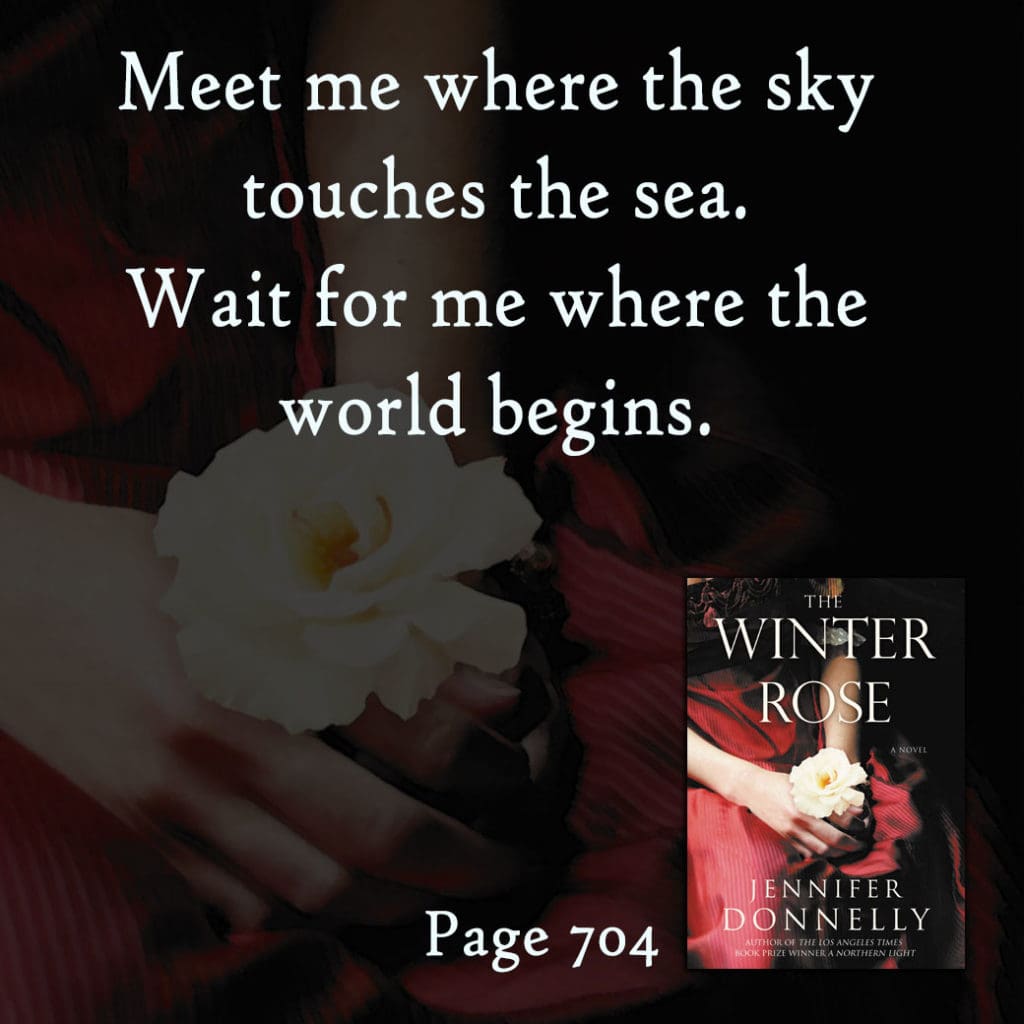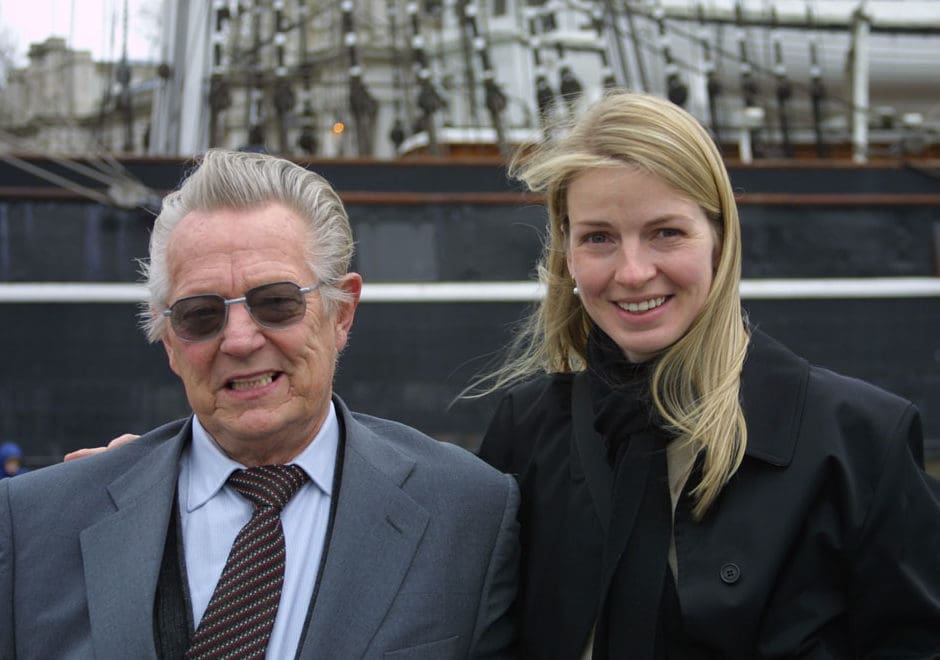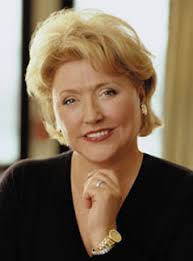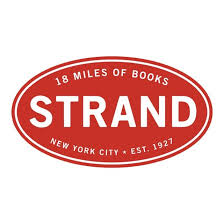You have no items in your cart. Want to get some nice things?
The Winter Rose
The second book in The Tea Rose trilogy reunites readers with the much-loved Finnegan family. Beginning where The Tea Rose ended, on the river Thames, the novel follows the story of Charlie Finnegan – now Sid Malone – and an intriguing new female character – India Selwyn Jones.

The Story
The Winter Rose, second book in The Tea Rose trilogy, reunites readers with the much-loved Finnegan family. Beginning where The Tea Rose ended, on the river Thames, the novel follows the story of Charlie Finnegan – now Sid Malone – and an intriguing new female character – India Selwyn Jones.
The year is 1900 and the dangerous streets of East London are no place for a well bred woman. But India Selwyn Jones is headstrong: she has trained as one of a new breed, a woman doctor, and is determined to practice where the need is greatest.
It is on these grim streets where India meets – and saves the life of – London’s most notorious gangster, Sid Malone. Hard, violent, devastatingly attractive, Malone is the opposite of India’s cool, aristocratic fiancé, a rising star in the House of Commons. Though Malone represents all she despises, India finds herself unwillingly drawn ever closer to him – enticed by his charm, intrigued by his hidden, mysterious past.
The Winter Rose brings the beginning of the turbulent twentieth century vividly to life, drawing the reader into its wretched underworld, its privileged society, and the shadowland between the two, where the strict rules of the time blur into secret passions.

The Inspiration
When I finished The Tea Rose, I actually – foolishly – thought I was finished with Fiona Finnegan and her family. After all, it had taken over ten years of my life to write that book and I needed a break. I soon found out, however, that these characters weren’t finished with me.
I wasn’t planning on writing a second book, not at all, but a few weeks after The Tea Rose was published, I found myself wondering what that girl was up to, and missing Joe and Seamie, and most of all, wondering what on earth was going to become of Charlie, Fiona’s blacksheep brother – now Sid Malone.
At the same time, out of nowhere, this new character materialized in my head – a young, idealistic woman doctor. A counterpoint to Malone. I knew what she looked like and that she was Maud’s sister. Why Maud’s sister? God only knows. I knew she was a dedicated physician, a social reformer, and as committed to the public good as Sid Malone was to his own dark pursuits. I also knew she was a wounded soul. Like Sid. And I knew that they would meet in the only place in London where two such characters could meet in 1900 – Whitechapel.
And after that, I was off. The game was afoot. I knew where the story was going and how it was going to get there – but of course, as in any 725 page novel set a hundred years in the past, a little bit of research had to get done.
Research – as much as the characters and their story and its setting – is a huge part of what inspires me as a writer. I use many sources. General histories. Memoirs. Biographies. Diaries. Photographs. Newspapers. The list is endless. But one of my best resources both for The Tea Rose and The Winter Rose wasn’t a book or a photograph. It was a man.
His name was Fred Sage and he was a Londoner through and through. I met Fred on my first research trip to London for The Tea Rose. He had retired from the docks and was working as a historian of East and Southeast London. He called himself The Sage of the Docklands.
I’d contacted him from New York and made arrangements to meet. I told him I was working on a novel set in Wapping and Whitechapel and wanted to learn as much about river work as I could.

Fred took me around Wapping and Rotherhithe. He told me of London. His London and his father’s. He told me of backbreaking work. Of hard living. Of strikes and fights and Saturday nights. Of times and places and women and men the like of whom this world will never see again.
We must’ve made an odd sight – a Cockney docker dressed in a suit and tie, striding down the ruined lanes of Wapping, pointing out warehouses and wharves, and bits of rusted machinery and what they’d been used for, and a breathless American in sneakers and jeans trotting after him, scribbling notes. Fred had a few years on me, but he could walk the legs off a mountain goat.
Fred gave me a lot of valuable information on the docks and dockwork, but he gave me something else, something even more important – a glimpse of a vanished East London. And of his love for it. I’d never seen that before – such a strong love for a city and a people and a life. A life that wasn’t rosy, or easy, or lovely…but real.
Fred Sage passed away while The Winter Rose was being written and I’ve dedicated the book to him. It’s hard to think of London without him in it, and hard to think of him anywhere but in London, but I like to imagine him sitting in heaven now, telling God that creating the world’s a hard bit of graft an’ all, but if He wants to see what real work’s all about, He should come down the London docks.
Goodbye, Fred. And thank you.







Hi There!
The Tea Rose is one of my absolute favorite books and I was able to get it new in hardcover off Amazon (ditto for The Wild Rose). However, I’ve had horrid luck finding The Winter Rose new. The two hardcover copies I purchased that were labeled new came with the jackets torn. At this rate, I’d pay $80 for a new hardcover of The Winter Rose. Any hope?
Oh, that’s such a good question!! I was able to find a few boxes of original first editions of both the Tea Rose and the Wild Rose that I got from the publishers back when the books came out — but so far, I do not seem to have any boxes of the Winter Rose! I’m still hoping to find some, though — and if I do, I’ll make them available in my store. If you are not a subscriber to my mailing list, you might want to sign up — if I add them to my store, I’ll announce it to my mailiing list first! So happy you love the Rose Saga! 🌹❤️
Sending love and a huge thank you from St. Petersburg, Russia! Thank you, Jennifer, for these amazing books! I’ve read them all and now I’m your fan. Can’t wait to see the TV series based on the books!
Thank you, Maria! I can’t wait to see the series, either (though it might be awhile — they still need to make it!!) So glad you enjoyed the Rose Saga. You might want to check out Molly’s Letter — my new novella set within the Tea Rose storyline (in the gap between parts II and III, to be specific). It comes out next week!!
I absolutely love these series I’ve read 2/3 books and I’m just as excited for the 3rd one. The story is so interesting, has a bit of everything and I didn’t want to put the book down cause it kept me on edge the whole time. I have a big love for London and I will for sure visit the locations on my next trip there. Definitely could imagine it becoming a series and with the right casting it could be very successful. Is there any update with the production?
No updates at the moment, but it’s in the hands of a great producer with lots of experience and wonderful ideas, so 🤞🤞🤞!! I’ll share any news I get as soon as I’m able … promise!
I’m just finished listening to this book. Jill Tanner is immaculate as always. She sure has a flare for narrating. I love being read to by her. Jennifer, we’d you have to write such a riveting book? My heart, oh my heart. I felt so many emotions listening to this.
I said this before and I’ll say it again for the people in the back “THESE BOOKS NEED TO BE MADE INTO A SERIES”, and fast too.
So glad you loved it, CoCo. And I agree — the Rose Saga must become a series one day!!
I agree this could definitely be done into a series, I thoroughly imagined it through out the whole story and I think with the proper casting it’d be successful. The author should definitely consider. I’ve read the first 2 books and I really enjoyed the whole plot, it’s very well written and kept me on edge the whole time. I have a big love for London and I’ll make sure I’ll pass from these locations next time:)
I’m 3/4 into the book and I am so sick with worry for India and Sid that I have a void in my stomach. The story is very captivating and vivid. Congratulations for your beautiful writing! I really hope they don’t get to suffer much longer, and with them the readers.
Hi Natalia: Sorry to take so long in replying! I’m guessing, by now, that you know what became of Sid and India … and you know where the sky touches the sea. Hope you enjoyed the book and are continuing the story in the Wild Rose!
Read the Winter Rose first and now I need to find The Tea Rose- I wish I had read that first. Then I must hunt down …The Wild Rose. I am a teacher and I stayed up all night reading The Winter Rose…was so tired for school the next morning. PLease read these serie everyone.
I just finished Tea Rose and loved the book. Am now looking for The Winter Rose – what is the title of the 3rd book in the trilogy? Thank you
It’s the Wild Rose, and you can find more about it here. Hope you enjoy it!
Jennifer,
I just finished “the Winter Rose” and I must admit this is the second best novel I ever read. I read the best one when I was 15, and I had to wait 30 years to find the second one! A little bit of patience…
This first one being Jane Eyre, you can imagine the level of my expectations…
I read it in French under the titlle “L’ange de Whitechapel”, which is just a very good title indeed, giving an excellent snapshot of both main characters. We can wonder if this angel is India or Sid….
As I am moving to your country, leaving France for a while, and I am writing a bit too, I am looking forward to find inspiration in your beautiful country!
warms regards,
Fabienne
Bonne chance, Fabienne!!